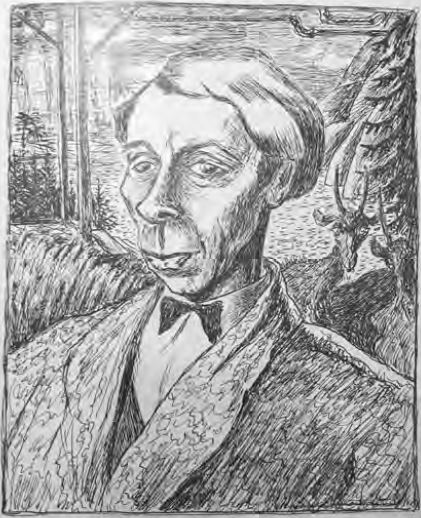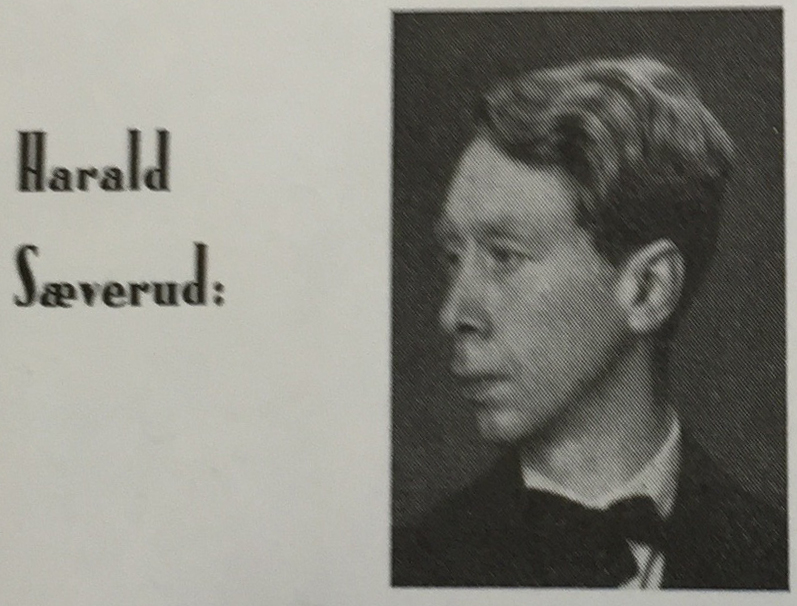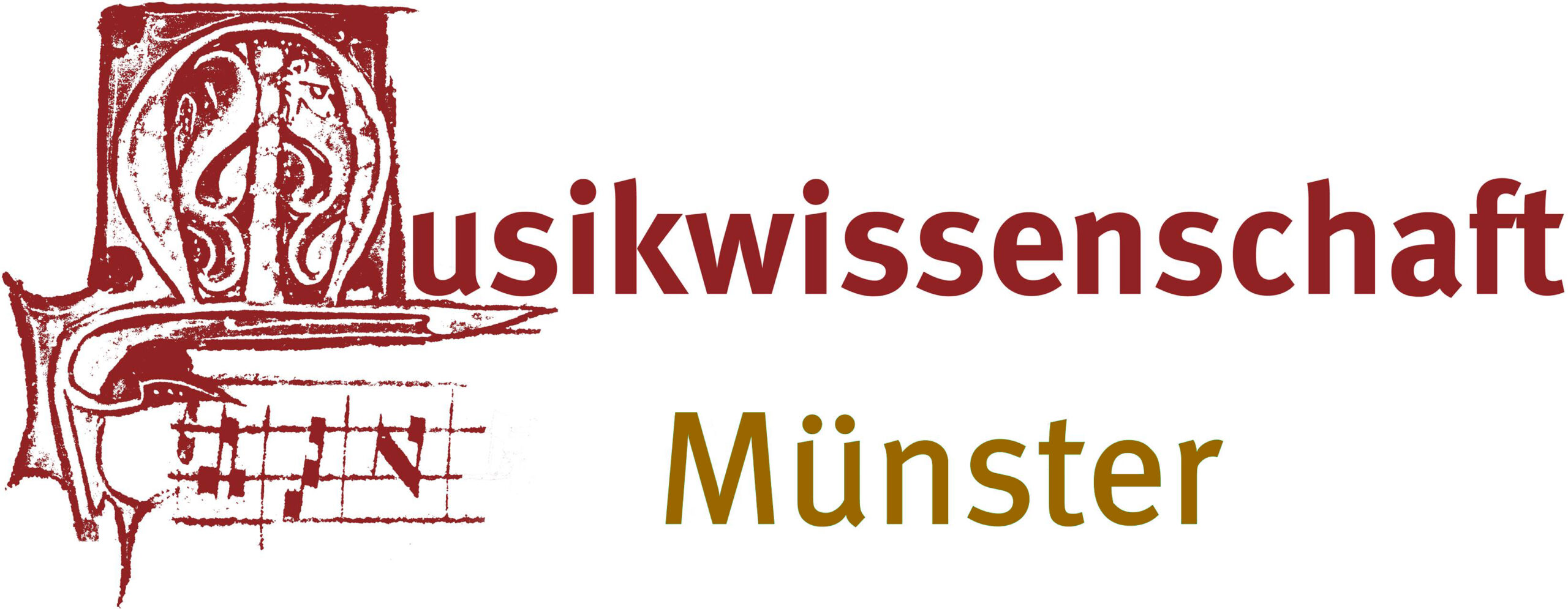He began to study at the music academy in Bergen with Borghild Holmsen (1915-18) and continued to study composition in Berlin with Friedrich Koch (1920-22). While mastering a compositional crisis in the 1920s he started to work as a music critic in Bergen. With the beginning of the German occupation he began to reflect the atmosphere in Norway and around Bergen intensly, refining his personal style with folk-like melodies, classical forms and harmonies blending atonal counterpoint with memories of tonality. Of special relevance are his symphony No. 5 quasi una fantasia (opus 16), Siljusslåtten (opus 17, dedicated to his brother Bjarne Sæverud, who was the leader of the local military resistance cell around Bergen), Sinfonia dolorosa (No. 6, opus 19, dedicated to the memory of his friend Audun Lavik, who had been executed by the German occupational force), Slåtter og stev fra Siljustøl, vol. 1-4 (including the piano piece Kjempevise-Slåtten, which was arranged for orchestra and enlarged near the end of WWII and after the liberation dedicated to the resistance movement) and his symphony No. 7 Psalm (opus 27).
Nevertheless, his „Balad of Revolt“ Kjempeviseslåten is probably the most popular musical statement of resistance against the German occupation of Norway. The piece is still very prominent today, on a symbolic level reaching even into the realm of merchandising and everyday life. First composed in 1943 as a piano piece for the second suite of the Slåtter og stev fra “Siljustøl” (opus 22), Kjempeviseslåten was reworked for orchestra (as opus 22a) until spring 1945 including a new introduction of 50 bars with an additional new opening motif. Sæverud‘s correspondence with his publisher Sigurd Kielland at Norsk Musikkhuset in Oslo documents how offers from Sweden to Moscow came in rapidly which schedulded Kjempeviseslåtten between December 1945 and February 1946 for performances amongst others with the Swedish Radio in Stockholm, in Bergen, and even in Moscow.
In fact, very little is known about the conception of the piece and Sæverud’s attitude in general during the years 1940 to 1945 due to lacking archival sources. Naturally, all dedications of compositions from the war time had to be made in retrospect, those concerning the case of Kjempeviseslåtten and connections to the resistance movement in particular. Friedrich Geiger was the first to examine its dramatic concept as a typical piece of resistance music, including Sæverud‘s pragmatic intervention on behalf of his engraver, Edwin Quarg (1899-1956). Ironically, the German born Quarg was arrested for his behavior during the occupation for supporting the German Reichskommissariat and the Quisling regime several times, being released discretely with the help of Bjarne Sæverud (1892-1978), the composer’s brother and a high-ranking member of the resistance, the Norwegian Composers’ Association and his publisher Sigurd Kielland.
For details cf. chapter III in Custodis „Music and Resistance“ and Geiger „Harald Sæverud’s Kjempeviseslåtten – A Typical Resistance Composition?“ (links below).


